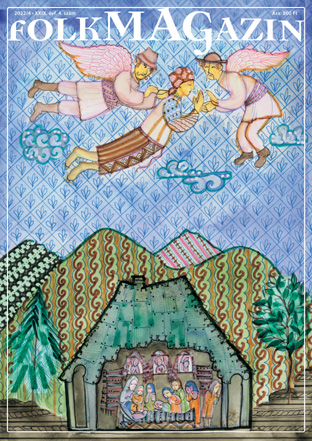Articles by Initial Letters
A tulipánmotívum térben és időben – II.
Fettich Nándor emlékének (2001)
- Issue: 2022/4
- Starting page: 32
- Author: Hoppál Mihály
- =>
The tulip motif in Hungarian folk art – Part 2. „Every group of people has a visual vocabulary which it uses and understands like a spoken language. Commonly understood symbols communicate certain things within certain groups of people….Users of ethnosemiotics have hypothesized that the symbols used in folklore and folkart do actually mean something." Hoppal takes a look at the historical and geographical background of the tulip motif to demonstrate and argue that this element of Hungarian decoration hasn’t arrived from the west. He discusses the tulip and heart as symbols representing specifically the female and male genitalia. These symbols were used in folk art as protection from evil. "Tulips protect from evil like a mother protects her child and the mother and woman protects her people (family), home" and so on. The Hungarian tribes used the same symbols when they arrived to the Carpathian Basin. By Hoppál Mihály – includes bibliography. This largely theoretical study from 2001 is published here in honor and celebration of Hoppál’s upcoming 80th birthday.





